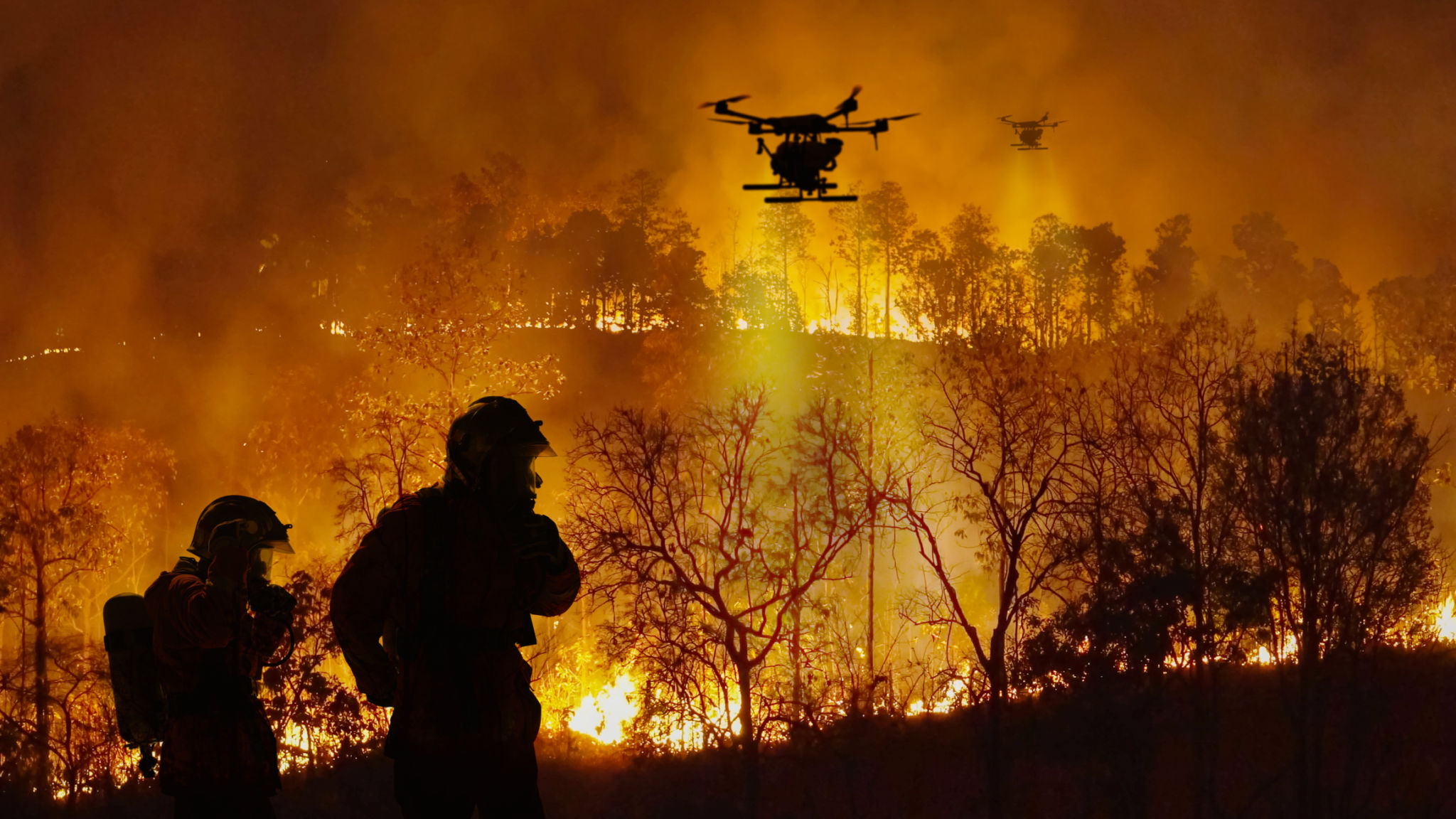Seasonal Tips: Preparing for Workplace Safety During California's Weather Changes
Understanding Weather Variability in California
California's diverse geography means that weather conditions can vary significantly across the state. From the dry deserts to the snowy peaks of the Sierra Nevada, each region presents unique challenges. This variability underscores the importance of preparing for workplace safety during seasonal transitions. As temperatures fluctuate, businesses must remain vigilant to ensure their employees' well-being.

Assessing Weather-Related Risks
One of the first steps in ensuring workplace safety is conducting a thorough risk assessment. Identify potential hazards that could arise from weather changes, such as slippery floors from rain, increased fire risks during dry spells, or power outages due to storms. Understanding these risks enables companies to implement precautionary measures effectively.
Developing a Comprehensive Safety Plan
Once risks are identified, businesses should develop a comprehensive safety plan. This plan should include protocols for emergency situations, evacuation routes, and communication strategies. Regular safety drills can help employees become familiar with procedures, ensuring quick and coordinated responses during actual events.

Ensuring Proper Equipment and Infrastructure
Equipping your workplace with the right tools is crucial for maintaining safety. Consider investing in weather-resistant materials and infrastructure enhancements. For instance, installing non-slip flooring or ensuring that roofs can withstand heavy rainfall can mitigate weather-related risks. Additionally, providing employees with appropriate gear, such as raincoats or insulated clothing, can enhance their protection against adverse conditions.
Training Employees for Weather Preparedness
Employee training is a critical component of workplace safety. Conduct regular sessions to educate staff on recognizing weather-related hazards and responding appropriately. Training should cover topics like first aid, fire prevention, and safe evacuation procedures. Empowering employees with knowledge will not only protect them but also promote a culture of safety within the organization.

Monitoring Weather Updates
Staying informed about weather conditions is vital for proactive safety management. Utilize reliable sources to receive real-time updates and forecasts. Encourage employees to subscribe to local weather alerts and consider setting up a system to disseminate this information promptly throughout your organization. Quick access to accurate data allows businesses to make informed decisions when conditions change suddenly.
Promoting a Safety-First Culture
A safe workplace is built on a foundation of communication and collaboration. Encourage open dialogue about safety concerns and involve staff in decision-making processes regarding safety protocols. By fostering a culture that prioritizes safety, businesses can create an environment where employees feel valued and protected.
Evaluating and Updating Safety Protocols
As weather patterns evolve, so too should your safety protocols. Regularly review and update your plans to address new challenges and incorporate feedback from employees. This dynamic approach ensures that your safety measures remain relevant and effective in protecting your workforce against California's diverse weather conditions.

By taking proactive steps to address seasonal weather changes, businesses in California can safeguard their employees and maintain productivity year-round. Prioritizing workplace safety not only minimizes risks but also creates a supportive environment where everyone can thrive, regardless of what the weather brings.